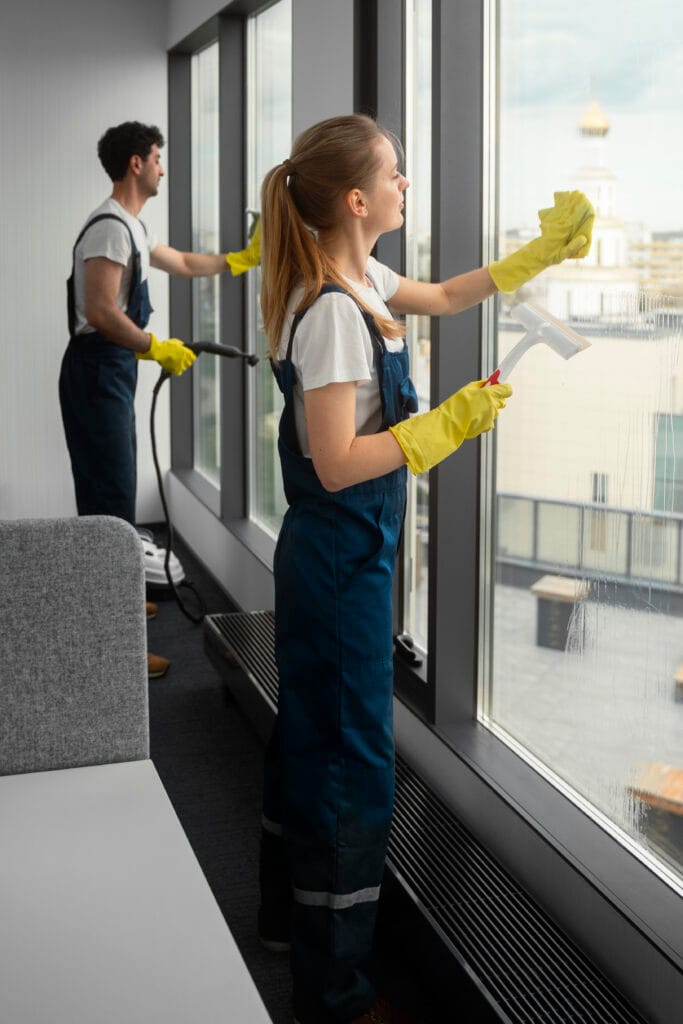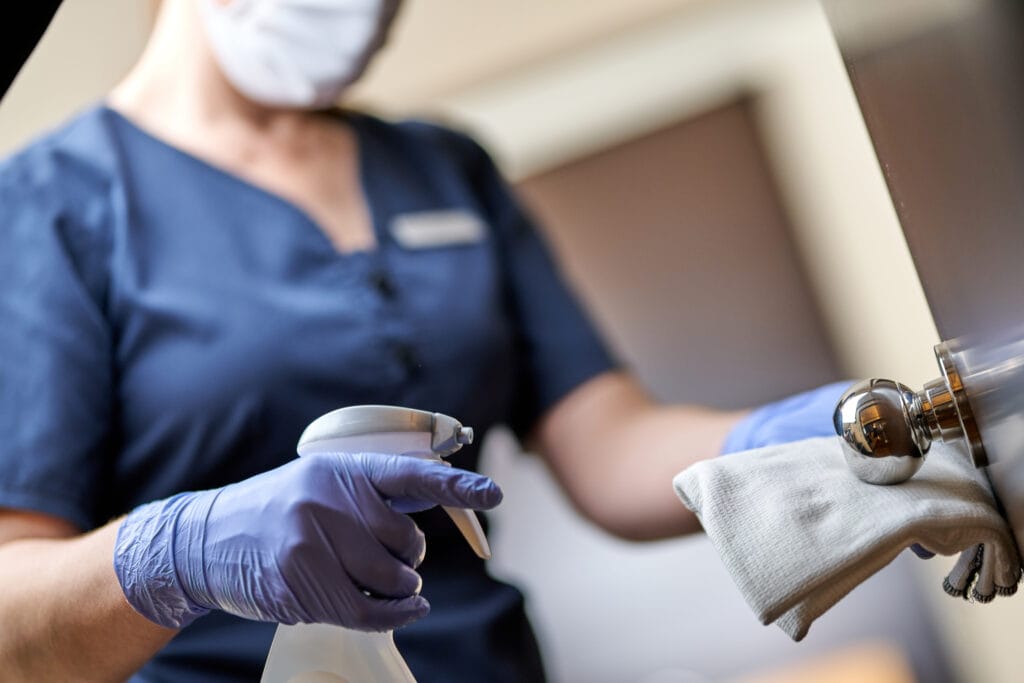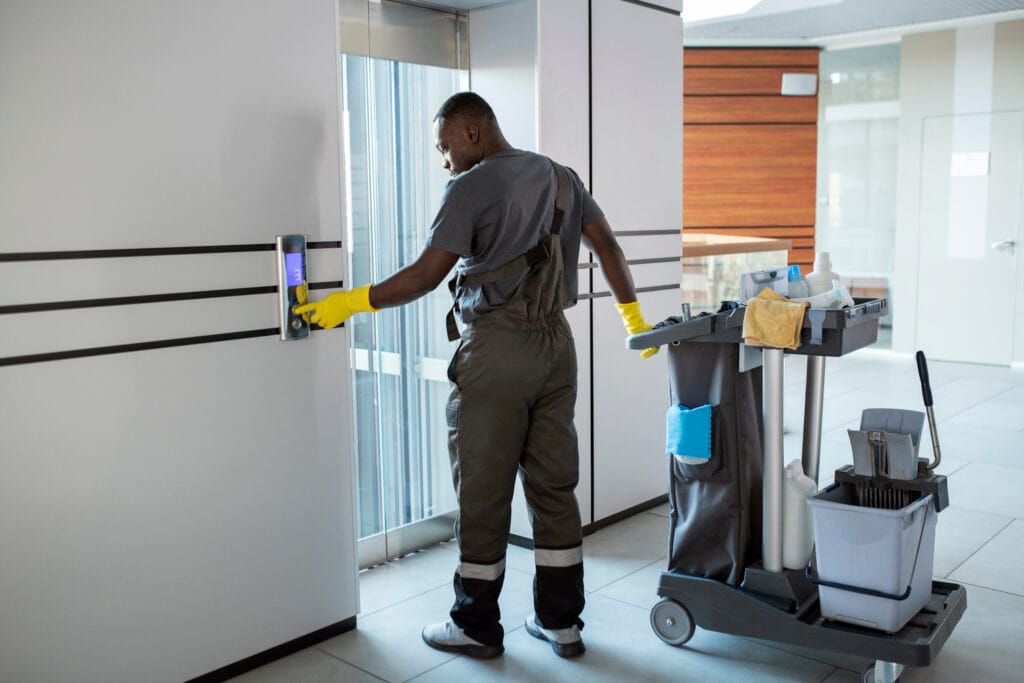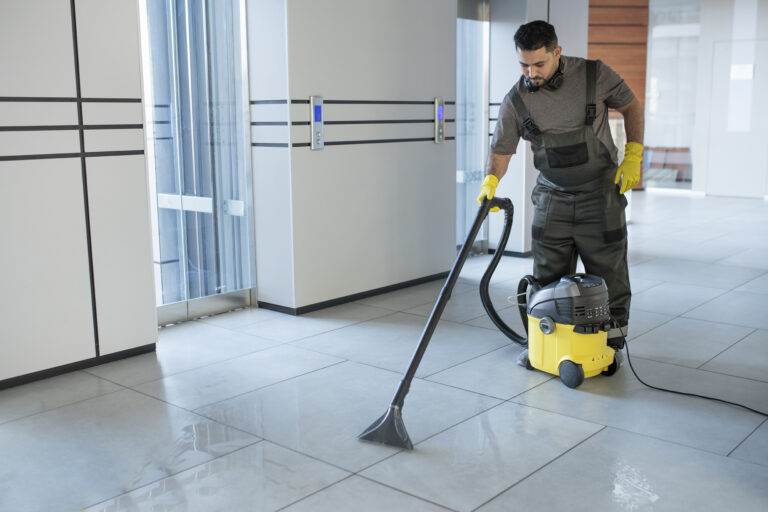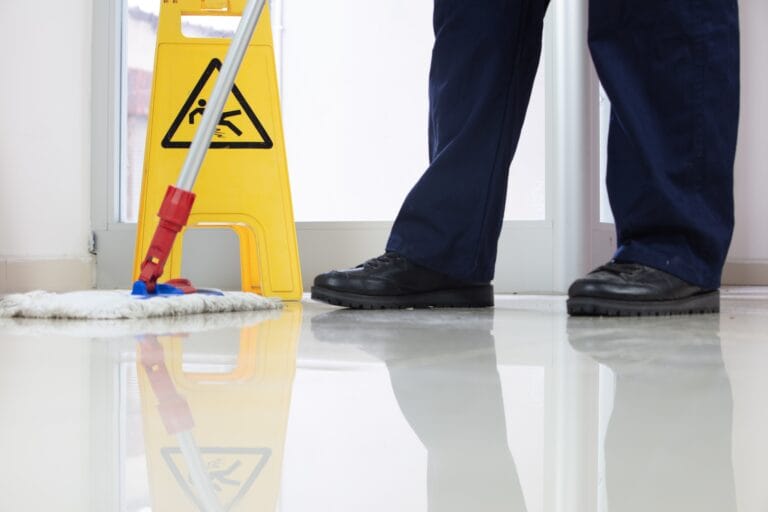Maintaining a clean office environment is crucial for several reasons, primarily revolving around health, productivity, and overall employee satisfaction. A clean workspace not only reduces the risk of illness by minimizing the spread of germs and bacteria but also fosters a more pleasant atmosphere for employees. When an office is regularly cleaned, it creates a welcoming environment that can enhance morale and encourage collaboration among team members.
Employees are more likely to feel motivated and engaged when they work in a tidy and organized space, which can lead to increased productivity. Moreover, daily office cleaning plays a significant role in creating a professional image for clients and visitors. First impressions matter, and a clean office reflects the values and standards of the organization.
It signals to clients that the company takes pride in its operations and cares about the well-being of its employees and visitors. This attention to cleanliness can enhance the reputation of the business, potentially leading to increased client trust and loyalty. In essence, daily office cleaning is not merely a chore; it is an investment in the health and success of the organization.
Key Takeaways
- Daily office cleaning is important for maintaining a healthy and productive work environment.
- Creating a cleaning schedule helps ensure that all areas of the office are regularly cleaned and maintained.
- Assigning responsibilities to specific employees or teams can help streamline the cleaning process and ensure accountability.
- Utilizing the right cleaning products and equipment is essential for effective and efficient cleaning.
- Implementing green cleaning practices can help reduce the environmental impact of office cleaning and promote a healthier workspace.
Creating a Cleaning Schedule
Benefits of a Cleaning Schedule
By breaking down cleaning responsibilities into manageable segments, employees can better understand what needs to be done and when. This clarity helps to maintain consistency in cleanliness and ensures that no area is overlooked.
Customizing the Cleaning Schedule
In addition to outlining tasks, a cleaning schedule should also take into account the unique needs of the office environment. For instance, high-traffic areas such as reception desks, break rooms, and restrooms may require more frequent cleaning than less frequented spaces like storage rooms or conference areas.
Optimizing Cleaning Efforts
By tailoring the schedule to fit the specific requirements of the office, organizations can optimize their cleaning efforts and ensure that all areas remain hygienic and presentable. Regular reviews of the schedule can also help identify any necessary adjustments based on changing circumstances or feedback from employees.
Assigning Responsibilities
Assigning cleaning responsibilities is a critical component of maintaining an organized office environment. Clearly defined roles help ensure that everyone understands their part in keeping the workspace clean and tidy. This can be achieved by designating specific tasks to individuals or teams, allowing for accountability and ownership over particular areas or duties.
For example, one team member might be responsible for maintaining the cleanliness of communal spaces, while another focuses on their personal workspace. In addition to individual responsibilities, fostering a culture of teamwork can enhance the effectiveness of cleaning efforts. Encouraging employees to collaborate on cleaning tasks not only promotes camaraderie but also reinforces the importance of maintaining a clean environment.
Regular meetings can be held to discuss cleaning responsibilities, share tips, and address any challenges that may arise. By creating a sense of shared responsibility, organizations can cultivate a culture where cleanliness is valued and prioritized.
Utilizing Cleaning Products and Equipment
The choice of cleaning products and equipment plays a significant role in the effectiveness of an office cleaning routine. Selecting high-quality cleaning supplies ensures that surfaces are properly sanitized and maintained without causing damage or leaving harmful residues. It is essential to consider the specific needs of different surfaces when choosing products; for instance, glass cleaners for windows and mirrors, disinfectants for high-touch areas, and appropriate floor cleaners for various flooring types.
In addition to selecting suitable products, investing in efficient cleaning equipment can streamline the cleaning process. Tools such as vacuum cleaners with HEPA filters, microfiber cloths, and automatic floor scrubbers can enhance cleaning efficiency while reducing labor time. Proper training on how to use these tools effectively is also vital; employees should be familiar with best practices to maximize their impact on cleanliness.
By utilizing the right products and equipment, organizations can ensure that their cleaning efforts yield optimal results.
Implementing Green Cleaning Practices
In today’s environmentally conscious world, implementing green cleaning practices has become increasingly important for many organizations. Green cleaning involves using eco-friendly products and methods that minimize environmental impact while still achieving effective cleanliness. This approach not only benefits the planet but also contributes to healthier indoor air quality for employees, reducing exposure to harmful chemicals often found in traditional cleaning products.
To adopt green cleaning practices, organizations can start by evaluating their current cleaning supplies and replacing them with environmentally friendly alternatives. This may include biodegradable cleaners, non-toxic disinfectants, and reusable cleaning materials such as microfiber cloths instead of disposable paper towels. Additionally, training staff on green cleaning techniques can further enhance these efforts; educating employees about the benefits of sustainable practices fosters a culture of environmental responsibility within the workplace.
By prioritizing green cleaning, organizations can demonstrate their commitment to sustainability while promoting a healthier work environment.
Monitoring and Adjusting the Schedule
Identifying Areas for Improvement
Regular assessments of the cleaning schedule allow organizations to identify areas that may require additional attention or adjustments in frequency. For instance, if certain spaces are consistently found to be dirtier than others, it may indicate that those areas need more frequent cleaning or a different approach altogether.
Gathering Feedback from Employees
Feedback from employees can also provide valuable insights into the effectiveness of the cleaning schedule. Encouraging open communication allows staff to voice their concerns or suggestions regarding cleanliness in the office. This collaborative approach not only helps identify potential issues but also fosters a sense of ownership among employees regarding their workspace.
Responding to Feedback
By being responsive to feedback and making necessary adjustments to the cleaning schedule, organizations can ensure that their efforts remain effective and aligned with employee needs.
Benefits of a Clean Office Environment
The advantages of maintaining a clean office environment extend far beyond aesthetics; they encompass health benefits, increased productivity, and enhanced employee morale. A clean workspace significantly reduces the likelihood of illness spreading among employees, leading to fewer sick days and improved overall health within the organization. This reduction in absenteeism translates into higher productivity levels as employees are able to focus on their work without interruptions caused by illness.
Furthermore, a clean office contributes positively to employee morale and job satisfaction. When employees feel comfortable in their surroundings, they are more likely to be engaged and motivated in their work. A tidy environment fosters creativity and collaboration, as individuals are more inclined to share ideas and work together when they are not distracted by clutter or messiness.
Ultimately, investing in cleanliness is an investment in employee well-being and organizational success.
Outsourcing Cleaning Services
For many organizations, outsourcing cleaning services can be an effective solution for maintaining a clean office environment without overburdening internal staff. Professional cleaning companies like United Facilities Group offer specialized expertise in commercial cleaning, ensuring that offices are maintained to high standards of cleanliness. By outsourcing these responsibilities, organizations can free up valuable time for employees to focus on their core tasks while leaving cleanliness in the hands of trained professionals.
Outsourcing also provides access to advanced cleaning techniques and equipment that may not be feasible for an organization to invest in independently. Professional cleaners are equipped with industry knowledge and experience that enable them to tackle various cleaning challenges efficiently. Additionally, outsourcing allows for flexibility; organizations can adjust their cleaning services based on changing needs or schedules without having to manage additional staff directly.
Ultimately, partnering with a reputable cleaning service like United Facilities Group can enhance overall cleanliness while allowing organizations to concentrate on their primary objectives.
FAQs
What is a daily office cleaning schedule?
A daily office cleaning schedule is a plan that outlines the cleaning tasks that need to be completed on a daily basis to maintain a clean and hygienic work environment.
Why is a daily office cleaning schedule important for fast-growing startups in the South Bay area?
A daily office cleaning schedule is important for fast-growing startups in the South Bay area to ensure that their workspaces are clean, organized, and conducive to productivity. It also helps in creating a positive impression on clients and visitors.
What are some common tasks included in a daily office cleaning schedule?
Common tasks included in a daily office cleaning schedule may include emptying trash bins, dusting surfaces, vacuuming or mopping floors, cleaning restrooms, and sanitizing high-touch areas such as doorknobs and light switches.
How can fast-growing startups in the South Bay area create an effective daily office cleaning schedule?
Fast-growing startups in the South Bay area can create an effective daily office cleaning schedule by assessing their cleaning needs, prioritizing tasks, assigning responsibilities to employees or hiring professional cleaning services, and regularly reviewing and adjusting the schedule as needed.
What are the benefits of implementing a daily office cleaning schedule for fast-growing startups?
The benefits of implementing a daily office cleaning schedule for fast-growing startups include maintaining a healthy and hygienic work environment, improving employee morale and productivity, reducing the risk of illness and absenteeism, and creating a positive and professional image for the company.



